The Independent's journalism is supported by our readers. When you purchase through links on our site, we may earn commission.
The pandemic of inequality: How coronavirus is setting women’s rights back decades
Covid has taken millions of lives and livelihoods around the world, but it is also exacerbating existing gender inequalities. Natasha Preskey, Sophie Gallagher and Harriet Hall take a look at careers, childcare, mental health and violence, through the prism of a pandemic

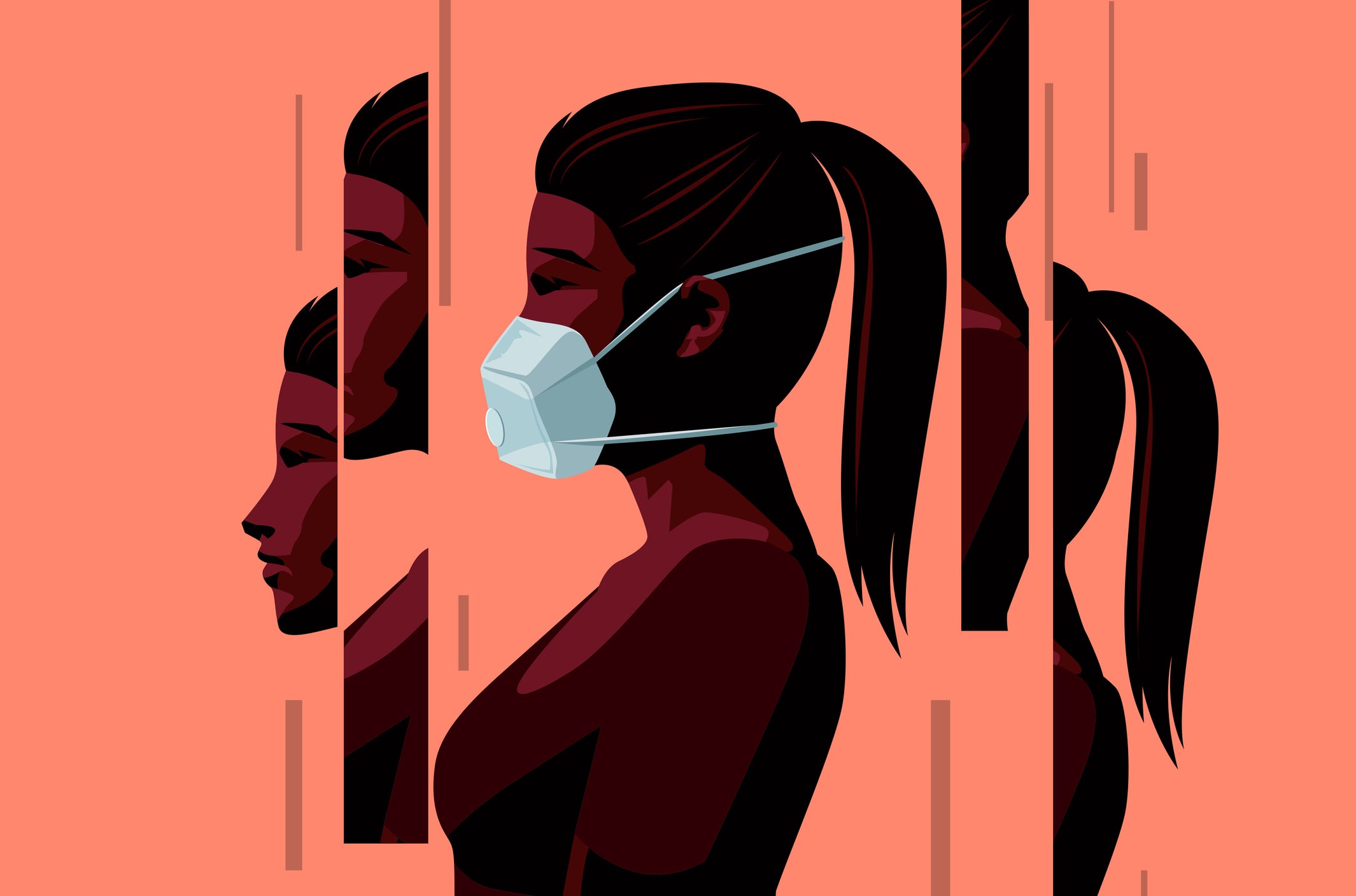
Your support helps us to tell the story
From reproductive rights to climate change to Big Tech, The Independent is on the ground when the story is developing. Whether it's investigating the financials of Elon Musk's pro-Trump PAC or producing our latest documentary, 'The A Word', which shines a light on the American women fighting for reproductive rights, we know how important it is to parse out the facts from the messaging.
At such a critical moment in US history, we need reporters on the ground. Your donation allows us to keep sending journalists to speak to both sides of the story.
The Independent is trusted by Americans across the entire political spectrum. And unlike many other quality news outlets, we choose not to lock Americans out of our reporting and analysis with paywalls. We believe quality journalism should be available to everyone, paid for by those who can afford it.
Your support makes all the difference.There was a time, almost a year ago, when we spoke about the pandemic as a “great leveller”. After all, anyone could catch Covid-19. The virus didn’t know if you were a celebrity, a member of the royal family or a doctor. It didn’t care about your holiday, your birthday plans or the big, beautiful wedding you had organised and paid for.
Suddenly, the work of supermarket staff was being recognised as valuable and essential in a way it never fully had been before. More than 11 million working people across the UK were no longer living on salaries from their employer, but an income supplement from the government. No-fault evictions were banned for public safety. Homeless people were housed.
But, before long, we realised that, as with everything else, existing power structures made the pandemic tougher, and more dangerous, for some people than for others. Government statistics revealed that black, Asian and other minority ethnic people were more likely to die from Covid.
While figures suggested men were more likely to die from Covid than women, women bore the economic brunt of the pandemic. Overrepresented in industries like travel and tourism, childcare, beauty and non-essential retail, women were more likely to be furloughed or made redundant than men.
The homeschooling and 24/7 childcare that came with school closures was provided disproportionately by mothers. A Fawcett Society study found women were twice as likely to need time off work with no pay to look after children. For those who did manage stay in work, gender pay gap reporting was cancelled for 2020 after just two years of implementation – and it has now also been delayed in 2021 until October.
Meanwhile, reproductive rights seemed to be slipping through women’s fingers, with sexual health clinics shutting their doors and uncertainty creeping in around access to abortion services. Women were forced to give birth, and attend prenatal scans, alone. Almost 600,000 women missed smear tests in April and May alone.
In November last year, UN Women deputy executive director Anita Bhatia warned that a year of the pandemic could wipe out 25 years of progress on gender equality. To mark the first International Women’s Day since the country first went into lockdown, The Independent has examined the broad-ranging impact of the pandemic on women in the UK.
Childcare and housework
On 23 March last year, schools closed around the country to all children except those of key workers. Suddenly, parents were responsible for homeschooling and caring for their kids, a juggle that was especially difficult for busy single parents (90 per cent of whom are women). To complicate matters further, a survey by the Early Years Alliance in April last year found that a quarter of childcare providers feared they would be permanently closed within a year.
While people can be furloughed by their employer due to difficulties with childcare, many did not know this for months, and there was no legal obligation for bosses to agree. In fact, according to a survey of 50,000 mothers by the Trade Union Congress (TUC), 71 per cent of working mums who applied for furlough after schools closed had their request turned down. The Labour Party called for employers to be compelled to grant furlough for childcare reasons.
Many women have had to resort to taking unpaid time off work to look after their children. Of parents surveyed by the Fawcett Society and Women’s Budget Group, 15 per cent of mothers reported taking unpaid leave, while just eight per cent of fathers had done. Campaign group Pregnant Then Screwed found that 46 per cent of mothers who had been made redundant cited a lack of childcare as a reason for their selection for redundancy.
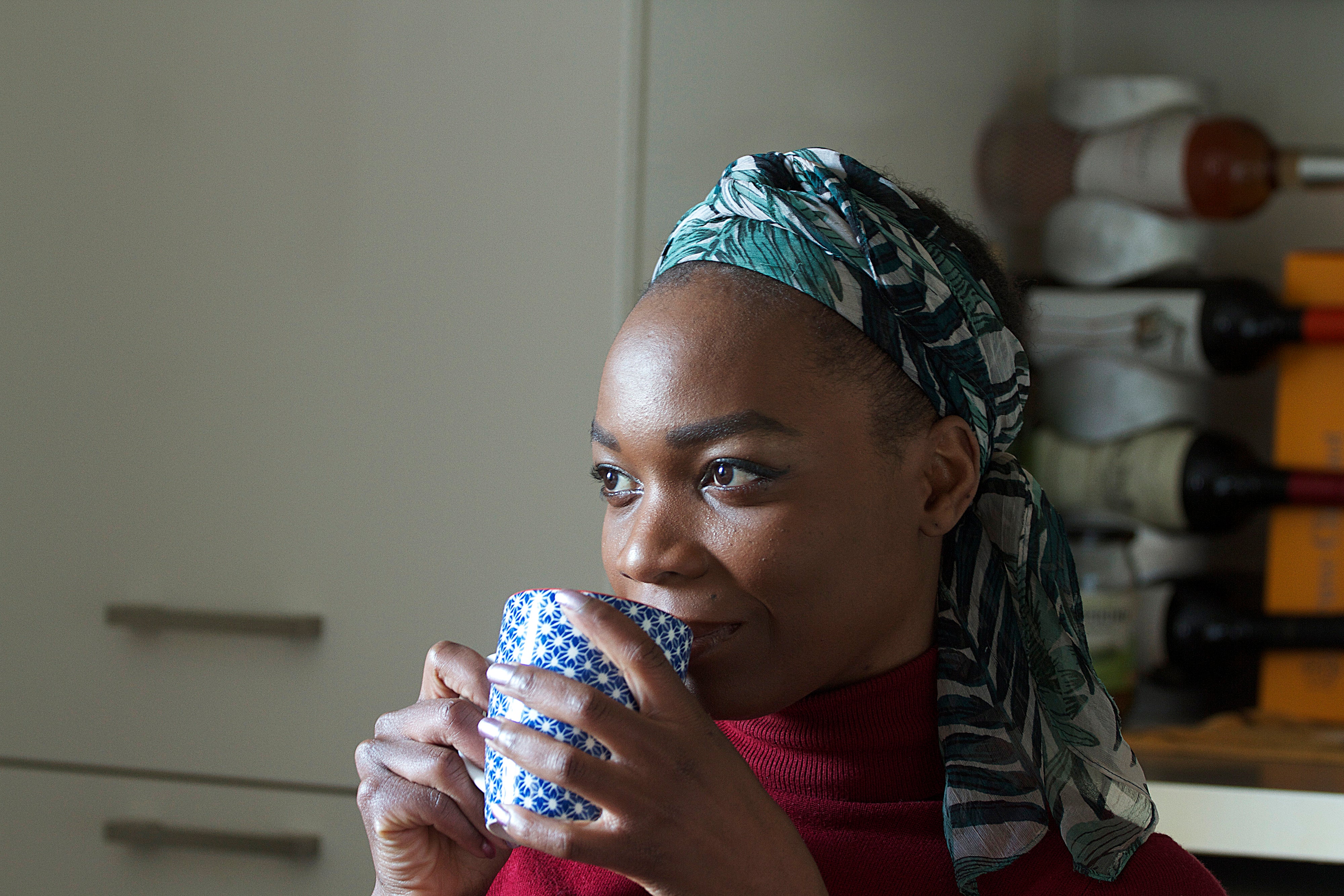
A study by the Office for National Statistics (ONS) found during the first month of lockdown, in households with children aged under 18 years, women were carrying out on average two-thirds more of the childcare duties per day than men. Women also did more non-developmental care than men (such as cooking for or washing children, not playing or teaching).
A separate study by Kings College found although women were doing more childcare, men were more likely to report feeling their jobs were suffering as a result. And this wasn’t just because men work more. The Institute for Fiscal Studies (IFS) and University College London (UCL) interviewed 3,500 families and found that, on average, mothers would do more than fathers with the same work arrangements.
The failure to recognise childcare as essential social infrastructure means that we’re heading towards a major crisis
While chancellor Rishi Sunak specifically thanked “mums” for juggling childcare and work, a previous report by the Women and Equalities Committee claimed that the government had failed to consider the “caring inequalities” experienced by women. The committee’s chair Tory MP Caroline Nokes said: “[The government] overlooked the labour market and caring inequalities faced by women. These are not a mystery, they are specific and well understood. And yet the government has repeatedly failed to consider them.”
Director of the Women’s Budget Group (WBG), which scrutinises government policy from a gender perspective, Mary-Ann Stephenson, agrees, telling The Independent: “The failure to recognise childcare as essential social infrastructure means that we’re heading towards a major crisis where women are at risk of losing their jobs and those who don’t might not be able to work because of lack of childcare.”
And it’s not just mothers who are feeling the burden at home: even women without children are doing disproportionate numbers of unpaid hours in the home. Before Covid, it was estimated women were doing about three quarters of the 16 billion hours of unpaid work that are done each day around the world. A UN Women study showed this increased during the Covid pandemic. A survey, published last week, also found even girls and young women were doing more chores than male peers of the same age.
Career and finances
In the first wave of the virus women were twice as likely as men to have lost their job, according to a study by the University of Exeter. In January 2021, the WBG published a report on the impact.
It found – as did the government’s own research – that women were more likely to be furloughed than men – which meant taking a 20 per cent pay cut unless employees top it up – women were twice as likely to be key workers than men, and young women were disproportionately in sectors facing shutdown: 36 per cent of young women worked in sectors including restaurants, shops, leisure, travel and tourism.
Female-dominated sectors such as the beauty industry and non-essential retail being among the hardest hit. Campaigns such as Beauty Backed focused on the delayed reopening of personal services, such as salons and nail bars, predominantly used and staffed by women (according to data from 2017, 82 per cent of those working in hairdressing, for example, are women) – something the WBG feels the government has failed to recognise.
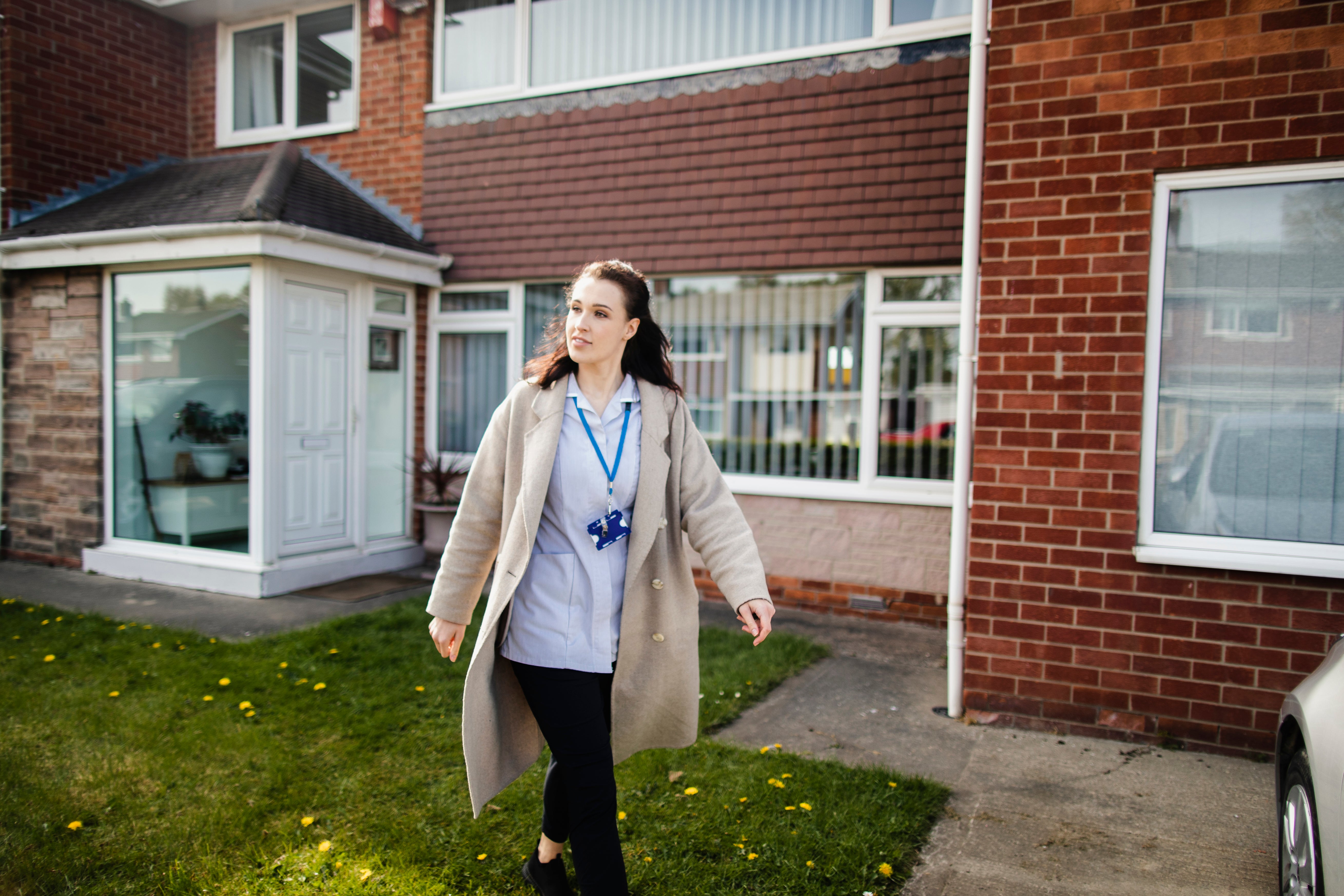
And while many women working in these industries are now protected by the furlough scheme, when that ends – currently set to be in September – that could change. “There is a real risk that we will see a drop in women’s employment levels and hard-won gains for women in the workforce will be lost,” explains Fawcett Society chief executive Felicia Willow.
Dr Clare Wehnham, assistant professor of global health policy at LSE tells The Independent that historically pandemics have been bad news for women because during times of crisis “gender norms become more entrenched”. This includes women being “more likely to lose their jobs” – which was also true during Ebola and Zika – and having to assume any informal labour created as a result of the pandemic.
“Currently this is looking after kids because of the stay at home mandate, but in Zika it was doing most of the vector control in communities and homes to reduce transmission, and avoiding pregnancy. This means that many women had to fall out of paid employment,” she says.
In October-December 2020, there were 1.5 million self-employed women in the UK and while there has been some help for the self-employed in the pandemic, a lot have also fallen through the gaps. An estimated 600,000 people missed out on support in 2020 because they couldn’t demonstrate their self-employed status on their tax return. The Resolution Foundation thinktank estimates that two-thirds of self-employed people are not eligible.
There is a risk we end up with a two-tier return to work where men return to the office and women stay home
Even for those still in work, the pandemic has not been without obstacles. Gender pay gap reporting – which has only been in place for a couple of years for companies with more than 250 employees – was completely cancelled in 2020, and has been delayed again in 2021, with the Equality and Human Rights Commission announcing it will not start enforcement action against companies until October.
There were some potential positives. The move to home working for many, proving years of employer resistance about reduced efficiency to be unfounded, could bring benefits for parents juggling the school run and office hours. But unless this is encouraged across the board, the WBG suggests it could risk hindering women further. “There is a risk we end up with a two-tier return to work where men return to the office and women stay home working because it allows them to do the school run and everything else and then the employees who are more visible are the ones more likely to get the pay rises and promotions,” says Stephenson.
When all these elements are compounded, the long-lasting impact could set women back even further. The Fawcett Society has raised concerns that the pandemic could lead to a widening of the gender pay gap – which, currently stands at 15.9 per cent.
Pregnancy, contraception and fertility
The last 12 months have seen women lose control of multiple aspects of their reproductive health. For many, giving birth, already a daunting prospect, became even more stressful when partners were banned from scans and from being present before or after birth. In the early part of the pandemic, birth partners were only allowed to be there during the window of “established labour”, once the mother is four centimetres dilated.
“The Covid restrictions banning partners from attending appointments, scans and early labour has all along suggested that they are visitors, who can arrive at the pinnacle moment to enjoy the magical arrival of their baby,” Joeli Brearley, CEO and founder of campaign group Pregnant Then Screwed, tells The Independent. “The reality is so far from this it’s devastating. These are birth partners; they are the voice for these women when they are at their most vulnerable and they are there to advocate for women in what is a life-or-death situation.”
There have been women who have heard that their baby has died without their partner beside them
In September last year, the government relaxed Covid rules however restrictions continued to be a postcode lottery: applied to different degrees by different hospital trusts. Earlier this year, research by Pregnant Then Screwed found that over half of women who attended scans alone were not permitted to take pictures or video during the appointment to show to their partner. This is despite the organisation receiving legal advice suggesting that enforcing this contravenes the European Convention of Human Rights.
“There have been positive births, and some have thrived in the cosy cocoon of lockdown,” Maria Booker, programmes director of campaign organisation Birth Rights tells The Independent. “But there have also been women who have heard that their baby has died without their partner beside them, and who have struggled in a sleep deprived and painful haze to care for a newborn without a break, and those who have been kept apart from their tiny baby for days on end. The scars of separation and the trauma amongst women who gave birth during the pandemic is yet to fully reveal itself.”
Read more: ‘I had a miscarriage alone while my partner stayed at home’
Meanwhile, things were also complex for women who were either trying to become pregnant or trying to avoid it. A study carried out by the British Association for Sexual Health and HIV in April last year found that 86 per cent of sexual health clinics could not offer the most effective long-acting contraceptive choices of a coil or an implant, and only two-thirds could still fit a coil for emergency contraception.
The NHS also suspended fertility treatments when the first lockdown began on 23 March last year, and all private clinics also shut from 15 April. Services resumed in May, but women were left with uncertainty about whether access would be stopped again, with the looming possibility of key months elapsing. On 30 December, the Human Fertilisation & Embryology Authority announced that some clinics may have to reduce the numbers of patients they can treat or stop treatments temporarily.
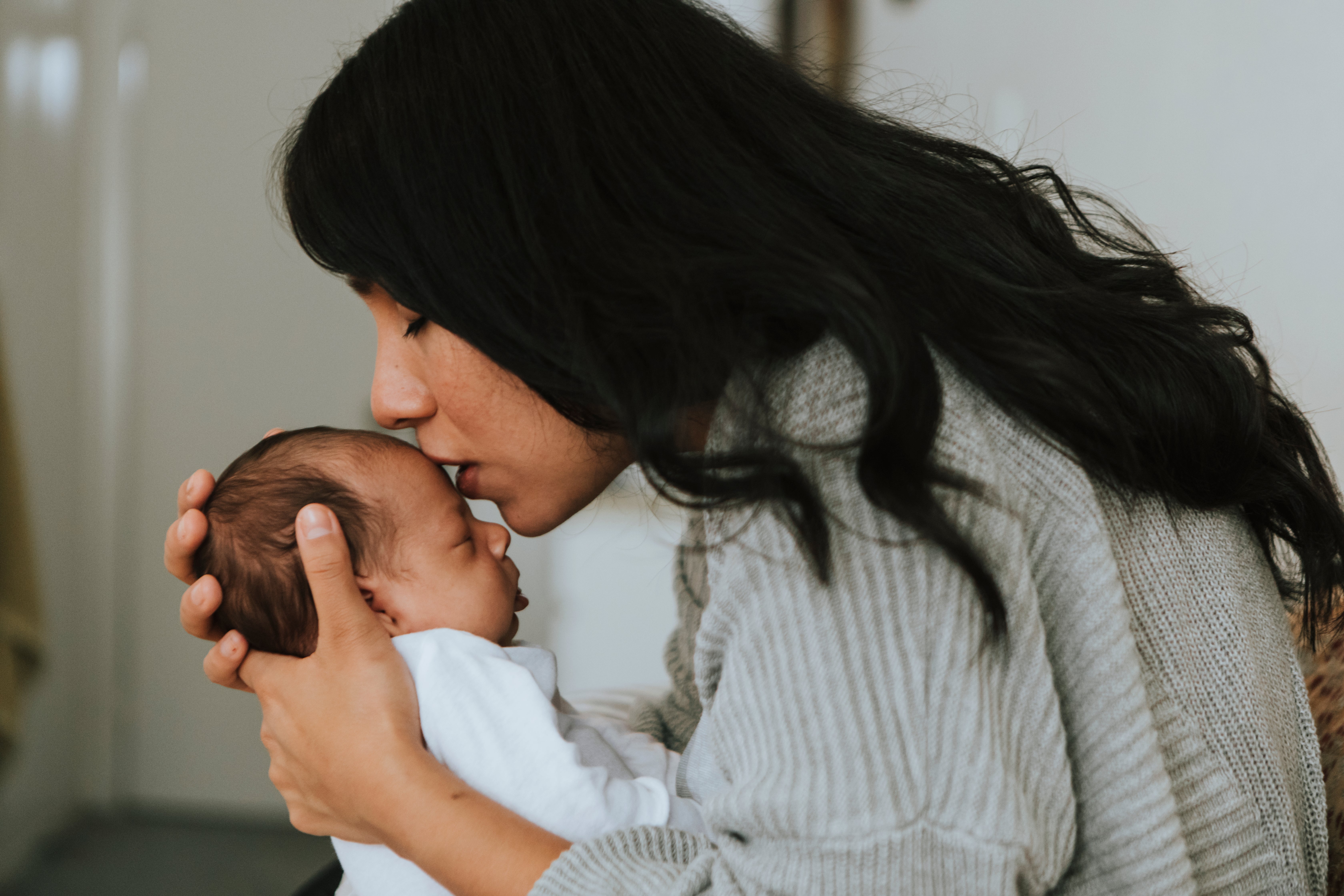
For menopausal and perimenopausal women, shortages of hormone replacement therapy (HRT), which is a lifeline for reducing symptoms for many women, have also been a feature of the pandemic, although the issue pre-dates 2020.
The RCOG, British Menopause Society and Faculty of Sexual and Reproductive Healthcare issued a joint statement in March last year, saying: “We recognise that many women are likely to experience difficulties in obtaining HRT supplies due to the current coronavirus situation. We also appreciate that continuing HRT intake is likely to help many women control their often difficult menopausal symptoms, which is particularly relevant given the additional stress some women may be under in view of the strains of the current situation on society.”
Another statement, issued last month – 10 months after the first statement – reiterated the problems were ongoing.
Domestic abuse
Covid restrictions put women living with abusers in a more vulnerable position than ever before when the first stay-at-home order came into force on 23 March. While escaping domestic abuse is an exception to mandatory “stay at home” orders – home secretary Priti Patel clarified this in a press conference on 29 March, just days after the first lockdown started – the restrictions robbed women of ordinary reasons to leave the house and be away from an abusive partner.
Police had to urge postal workers and delivery drivers to be on the lookout for potential indications of abuse. And a number of high street pharmacies and shops like Boots, became go-to “safe space” locations for victims that would be innocuous enough to visit without fear of being caught. Police estimated in early 2021 that cases had risen by 10 per cent (in London this was 12 per cent), but of course this was just those officially reported to the authorities.
Helplines and charities recorded a much higher uptick. Refuge saw around a 50 per cent increase in demand for its helpline in the initial stages of the pandemic, while its National Domestic Abuse Helpline website had more than a 300 per cent increase in visitors. In May, the organisation reported a rise of almost 1000 per cent in visitors to its website, compared with before the pandemic. Charity NextLink saw a 30 per cent increase in women needing help. Even other charities, like Shelter, which does not specialise in abuse, report getting calls.
An advertising campaign with the slogan “Abusers always work from home” was run nationwide by the National Centre for Domestic Violence. The centre started the TV and billboard campaign citing a 49 per cent rise in incidents since the start of lockdown. A report released to a select committee at the end of April revealed domestic abuse killings in the first 21 days of the first lockdown were double the total of an average period in the past decade. The problem is so great that the UN described the worldwide increase in abuse as a “shadow pandemic”.
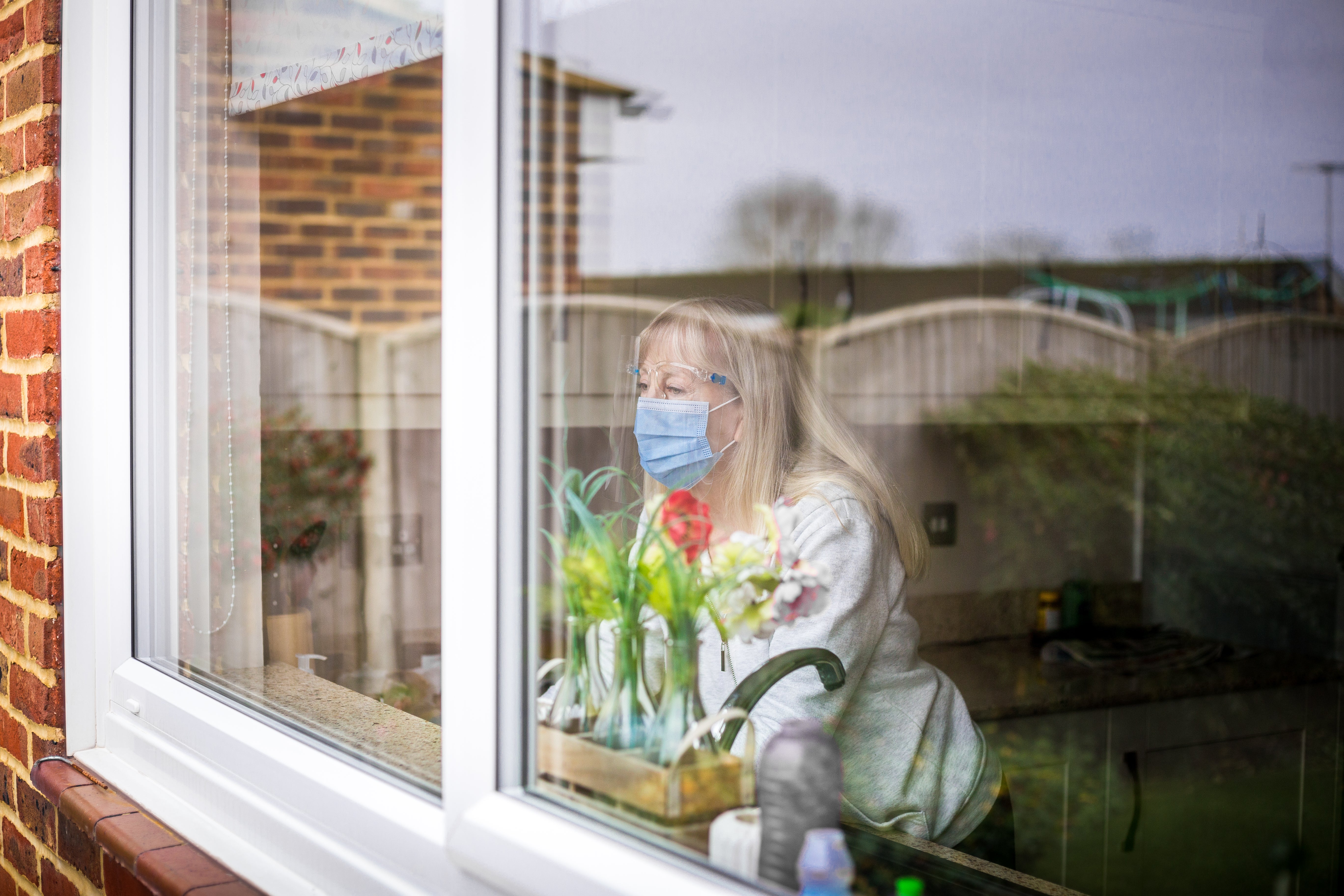
While incident numbers were increasing, a separate report by Women’s Aid found that, during the first lockdown, there was a 42 per cent reduction in the number of refuge vacancies added to the Routes to Support database compared to the same period in 2019. Reasons for this included refuges having to reduce their number of women to meet Covid guidance, and concerns about managing virus spread in communal accommodation.
“[Lockdown] is like a perpetrators playground, sadly,” says Lisa King, Refuge’s director of communications. “There are women who are stuck at home – there’s no opportunity to access support,” King adds that adapting for lockdown was a massive task for the organisation. “We had to work really fast in March of last year to move our helpline from a cyber secure office location [with] our encrypted database to people’s homes to keep that service running, while still ensuring no security wasn’t compromised in any way,” says King.
There are women who are stuck at home – there’s no opportunity to access support
While it’s been a challenging year, King believes public awareness is greater than ever before. “I think people started to really sympathise with what it might be like to be locked in with your perpetrator and unable to escape,” she says. She also highlights proposed amendments to the Domestic Abuse Bill as a sign of progress. These include specific offences for non-fatal strangulation and threats to share intimate images, as well as a change to the coercive behaviour offence so it includes where perpetrators and victims no longer live together.
In spite of now nearly a year of understanding, at the start of the third lockdown in January, women were still being left in danger. The domestic abuse commissioner, Nicole Jacobs, describing continued restrictions as “the perfect storm” for perpetrators to ramp up abuse.
Mental health and wellbeing
The pandemic has, of course, taken a monumental mental health toll on everyone. But research by University College London (UCL), including a panel of 20,000 to 70,000 adults from March-September 2020 showed that women were more likely to suffer with feelings of depression and anxiety. Figures from the ONS also suggested women were more likely to have experienced anxiety during the first lockdown.
A report, titled Burnout Britain, published for World Mental Health Day, showed women were 43 per cent more likely to have increased their hours beyond a standard working week than men, resulting in a 49 per cent rise in mental distress reported by employees.
A study published by Ipsos M6ri and The Fawcett Society found that 61 per cent of women were finding it hard to stay positive during the crisis, compared with 47 per cent of men. Similarly, 49 per cent of women said they were worried about the risk of Covid to the country, while just 36 per cent of men said the same. A report by the University of East Anglia (UEA) found that women began drinking more frequently during the first lockdown.
Progress on women’s rights is hard won but easily lost
Aqsa Ahmed of the Global Institute for Women’s leadership suggests that this could be linked to a range of factors including increased financial insecurity for women, difficulties around childcare and the fact that women are overrepresented among frontline health and care workers (black, Asian and minority ethnic women are also overrepresented in this sector). “Dealing with other responsibilities while undertaking greater unpaid work than men has proven to have adverse consequences on the mental wellbeing of these working mothers,” she writes.
Globally we also cannot underestimate the mental impact of women seeing real time erosion of their rights. A report published by the European Union on 5 March, found: “The Covid-19 pandemic has disproportionately affected women’s lives. There is already ample evidence that the hard-won achievements of past years have been ‘rolled back’ ... progress on women’s rights is hard won but easily lost.”
Dr Clare Wehnham says if the government really wants to engage with the disproportionate impact on women in many different areas, it would "focus any bailout efforts on this sector, ensuring training for women to diversity the sectors they are employed in, and would have made furlough a legal right to parents during lockdown, for those who needed to provide childcare."
In 2020-21 the pandemic has taken the lives of 130,000 people in the UK, seen up to 11 million people put on furlough, and saw the unemployment rate reach a four-year high. The country has been subject to its highest level of financial borrowing outside of wartime, up against the largest fall in economic output in 300 years. While the vaccine rollout has now overseen 20 million people receive their first dose, the successful immunisation of the population will not mark the end of coronavirus’ impact on this country, nor cure the deep-set gender imbalance it has further fostered and ingrained. Only time will unveil the dark shadows of inequality that have been allowed to take hold in this time of crisis.
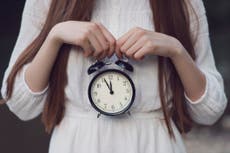




Join our commenting forum
Join thought-provoking conversations, follow other Independent readers and see their replies
Comments